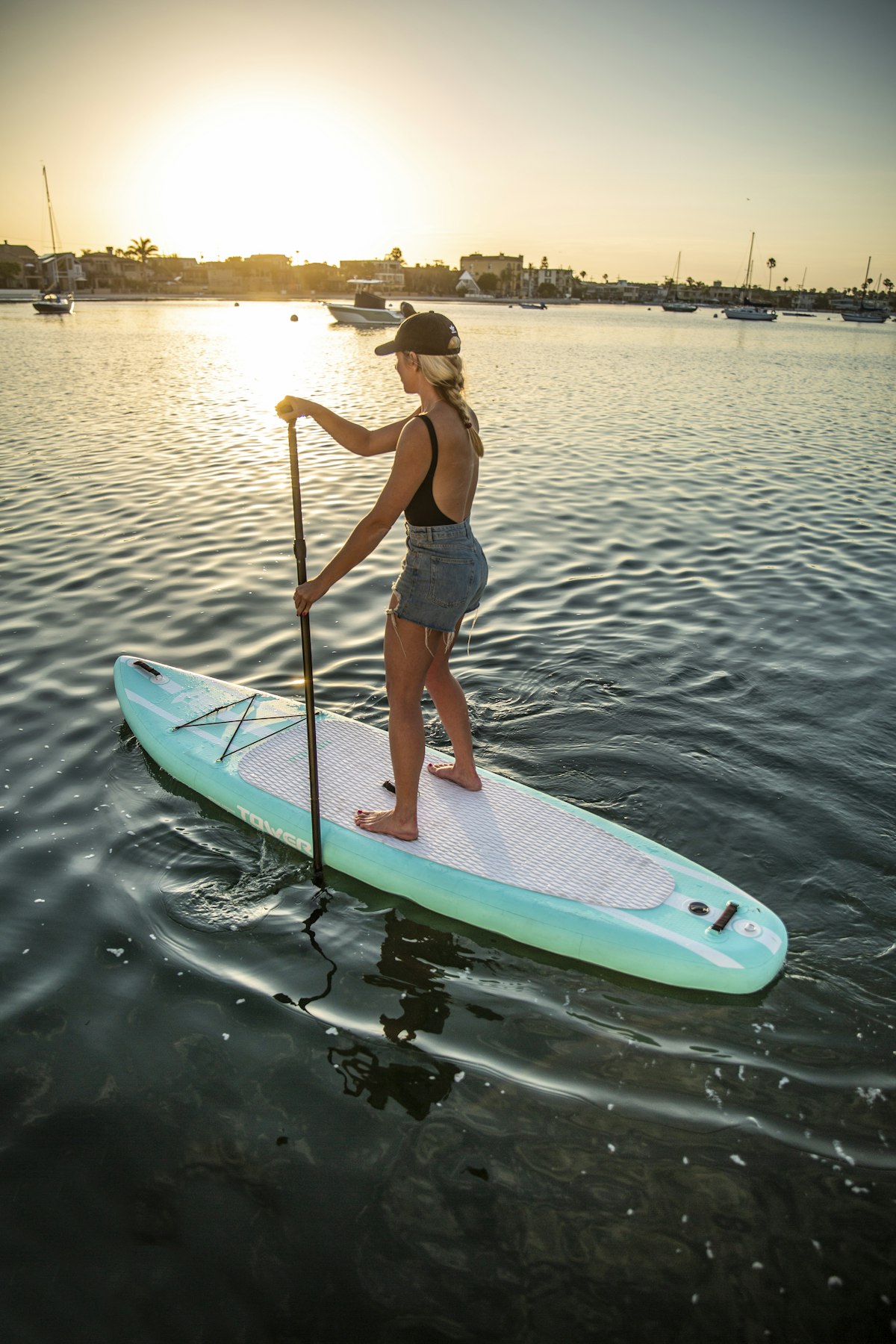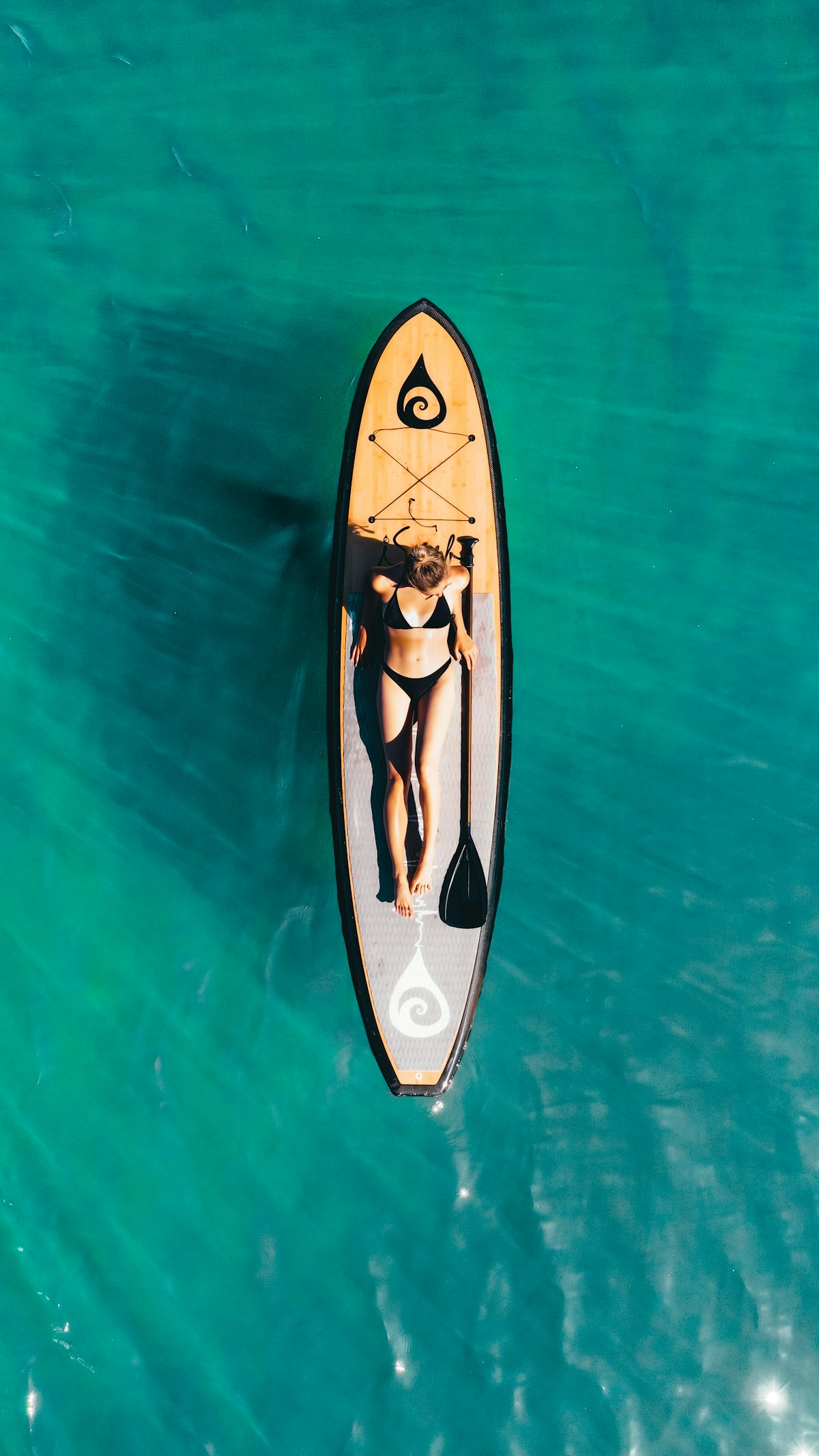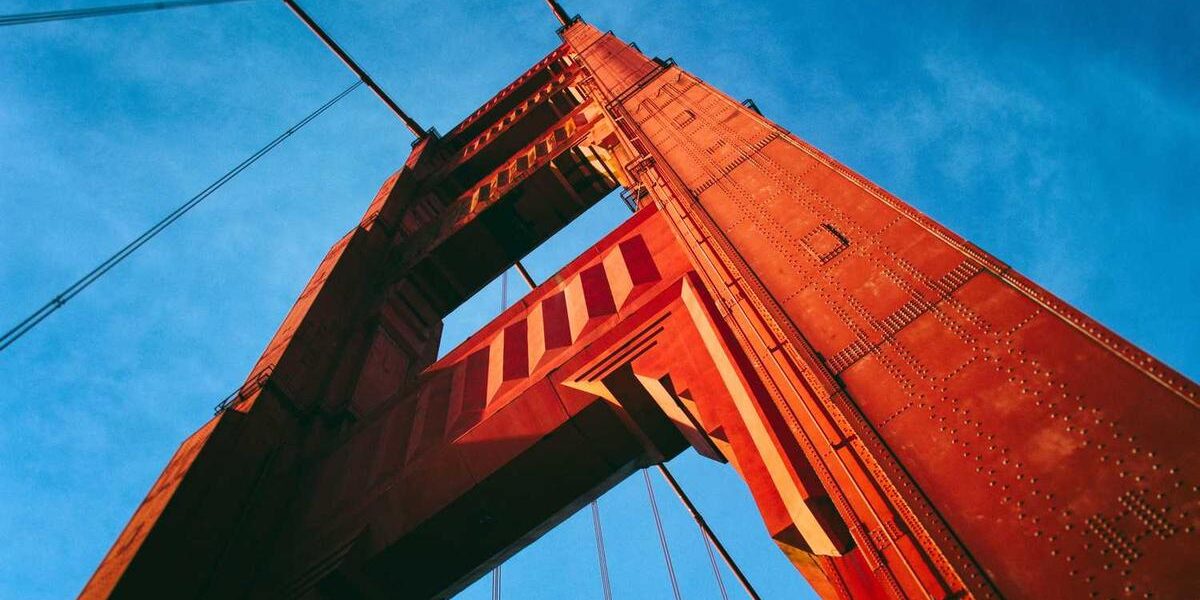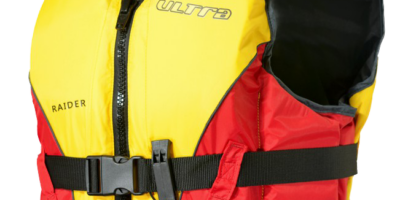
SUP Travel Tips and Tricks
SUP Travel Tips and Tricks
Stand-Up Paddleboarding (SUP) is gaining popularity as an accessible water sport. Combining leisure with physical activity, it’s a favorite among travelers. Whether you’re paddling on serene lakes, challenging rivers, or coastal seas, these tips and tricks will enhance your SUP travel experience.
Choosing the Right Board
Your choice of board matters. Inflatable SUPs are convenient for travel. They’re lightweight, portable, and easy to store. Hard boards perform better in the water but are difficult to transport. Consider your destination and mode of travel before making a decision.
Inflatable vs. Hard Boards
Inflatable SUPs can be packed into a backpack. They’re ideal for flights or road trips in small cars. Hard boards require roof racks or special carriers. If you’re traveling by car, ensure you have the right equipment to secure your board.
Packing Essentials
A well-packed bag can make all the difference. Here’s a list of essentials:
- Paddle (Adjustable or Collapsible for easy packing)
- Life Jacket or PFD (Personal Flotation Device)
- Pump (If using an inflatable SUP)
- Leash (To ensure you don’t lose your board)
- Repair Kit (For inflatables, in case of punctures)
- Waterproof Bag (For valuables and electronics)
- Sunscreen and Sunglasses (Protection against UV rays)
- Proper Footwear (Water shoes or sandals)
- Dry Bags (For clothes and food)
Traveling by Air with a SUP
Confirm with airlines about their sports equipment policies. Some may charge extra for oversized luggage. Inflatable boards usually fall within standard luggage allowances. Use a durable travel bag with padding to protect your board.
Renting versus Bringing Your Own
Research rental options at your destination. Renting can save hassle and airline fees. It’s also a chance to try different boards. However, using your own gear ensures familiarity and comfort. Weigh the pros and cons based on your travel plans.
Destination Research
Know where you’re heading. Weather, water conditions, and local regulations can affect your SUP adventure. Check for permits or fees in certain areas. Understanding tidal patterns and currents is crucial for coastal areas. Join online forums or local groups for insider tips.
Local Regulations
Respect local boating and waterway rules. In some places, SUPs are treated like boats and must adhere to specific guidelines. Carry necessary documentation if required.
Staying Safe on the Water
Safety should be a priority. Always wear a PFD. Let someone know your plans and estimated return time. Have a plan in case of emergencies. Familiarize yourself with self-rescue techniques.
Weather Awareness
Check the weather forecast. Avoid paddling in stormy or windy conditions. Invest in a weather app for updates. Understand how weather affects water conditions. For example, wind can create choppy waves which are challenging to navigate.
Physical Conditioning
Paddleboarding requires core strength and balance. Prepare your body before the trip. Engage in exercises that target these areas. Yoga and Pilates can be particularly beneficial. Stay hydrated and fuel your body with nutritious food.
Practice Makes Perfect
Spend time on the water before your trip. Practice different paddling techniques. Get comfortable with maneuvering your board. Skills like pivot turns and balancing on waves can be very useful.
Respect Wildlife
Encounters with wildlife can be magical. However, maintain a respectful distance. Never feed animals or disturb their habitat. Some areas may have protected species; be aware of the local fauna and act responsibly.
Environmental Considerations
Leave no trace. Pack out all trash and belongings. Avoid dragging your board over delicate ecosystems like coral reefs. Use reef-safe sunscreen to protect marine life.
Join a SUP Community
Connect with other enthusiasts. Social media groups and forums are great for sharing experiences and advice. Local clubs may offer group paddles, providing safety in numbers and local expertise.
Documenting Your Adventure
Capture your journey with photos and videos. Waterproof cameras or GoPros are ideal. Mount them on your board or wear them. Share your experiences on blogs or social media. It’s a great way to keep memories alive and inspire others.
Maintaining Your Equipment
Proper maintenance extends the life of your gear. Rinse your board and paddle with fresh water after use. Avoid prolonged exposure to the sun. Inspect for damage regularly and conduct repairs when needed.
Travel Insurance
Consider insurance that covers sports equipment. It can save money in case of loss or damage. Ensure your policy covers international travel if heading abroad. Some policies may also include health cover for water sports-related injuries.
Keeping It Fun and Relaxed
While preparation and safety are crucial, enjoying your time on the water is equally important. Take breaks when needed. Explore and enjoy the surroundings. SUP can be a rejuvenating experience away from daily pressures.
Exploring Different Environments
Each water body offers a unique experience. Lakes provide calm and quiet paddling conditions. Rivers may offer a mix of peaceful paddling and challenging rapids. Coastal paddling can present waves and tides. Adapt your approach to suit the environment.
Learning Local Customs
Respect customs and practices of local communities. In some regions, water bodies have cultural or spiritual significance. Understanding and respecting these traditions enhances your travel experience and fosters goodwill.
Adapting to Different Climates
Traveling with an SUP means adapting to various climates. In cold regions, wear appropriate wetsuits or drysuits. For tropical climates, light, breathable clothing works best. Always protect against sun exposure regardless of the location.
Finding the Best Spots
Seek out reputable sources for finding great paddling spots. Guidebooks, local tourism websites, and SUP apps can be helpful. Prioritize locations known for their scenic beauty and good water conditions.
Connecting with Guides
Local guides offer valuable insight. They can take you to hidden spots and ensure safety. Guided tours often include equipment, saving you from transporting your own. It’s also a chance to learn about the local ecosystem and culture.
Documenting Wildlife
Bring a guidebook or app for identifying wildlife. Note sightings as part of your travel log. Some regions have unique or rare species. Observing and documenting can be a rewarding part of your adventure.
Traveling in Groups
Paddling with friends or family can enhance the experience. It’s safer and adds a social element. Group travel can also mean sharing costs for rentals, guides, or transport. Plan together to ensure everyone’s needs are met.
Effective Communication
In remote areas, stay connected. Use waterproof communication devices. Inform someone about your itinerary. Local SIM cards can provide better coverage in foreign countries. Ensure your devices are fully charged before setting out.
Choosing the Right Paddle
Invest in a good quality paddle. Adjustable paddles are convenient for travel and sharing. Carbon fiber paddles are lightweight and durable. The right paddle can improve efficiency and reduce fatigue.
Planning Your Route
Map out your paddling route. Consider distance, potential hazards, and rest stops. Familiarize yourself with entry and exit points. Having a clear plan helps in navigating and enjoying your time on the water.
Storing Your Gear
Proper storage keeps your gear in good condition. Inflatable boards should be cleaned and dried before packing. Store paddles in protective cases. Avoid crushing or bending your gear during transport.
Getting to Know the Locals
Building relationships with locals can enhance your trip. They offer firsthand knowledge of the best spots and conditions. Engaging with the community enriches your travel experience.
Understanding Water Dynamics
Study the behavior of water in different conditions. Tides, currents, and waves can significantly impact your paddling. Knowing how to read water dynamics can improve your safety and enjoyment.
Building Endurance
SUP demands endurance. Start with shorter sessions and gradually increase duration. Conditioning helps in handling longer paddling trips. Incorporate cardiovascular exercises into your routine for better stamina.
Finding the Perfect Balance
Balance is key in paddleboarding. Devote time to practice stability on your board. Techniques such as shifting weight and adjusting stance can help. Yoga can greatly enhance your balance skills.
Exploring Food Options
Hydration and nutrition are crucial. Pack enough water and energy-rich snacks. In remote areas, plan for meals in advance. Consider local specialties for a unique culinary experience while traveling.
Understanding Navigational Aids
Learn to use compass and maps for navigation. GPS devices can also be handy. Knowing your way around helps in case electronic devices fail. Basic navigational skills are essential for long-distance paddling.
Maximizing Enjoyment
Customize your SUP trips according to your interests. Combine paddling with fishing, snorkeling, or bird-watching. Tailor your activities to ensure a fulfilling experience.
Recommended SUP Gear
GYMMALL Inflatable Paddle Board
Complete SUP package for all skill levels.
FunWater Inflatable SUP
Ultra-light board with all accessories included.
As an Amazon Associate, we earn from qualifying purchases.





Subscribe for Updates
Get the latest articles delivered to your inbox.
We respect your privacy. Unsubscribe anytime.